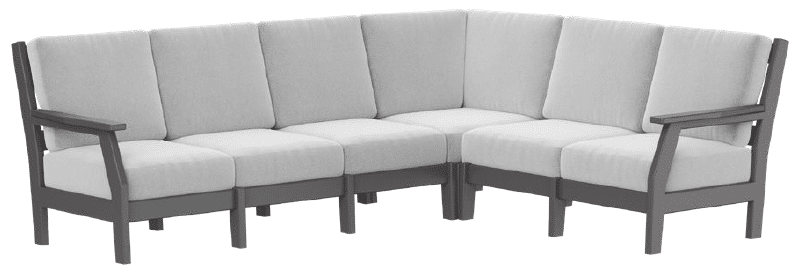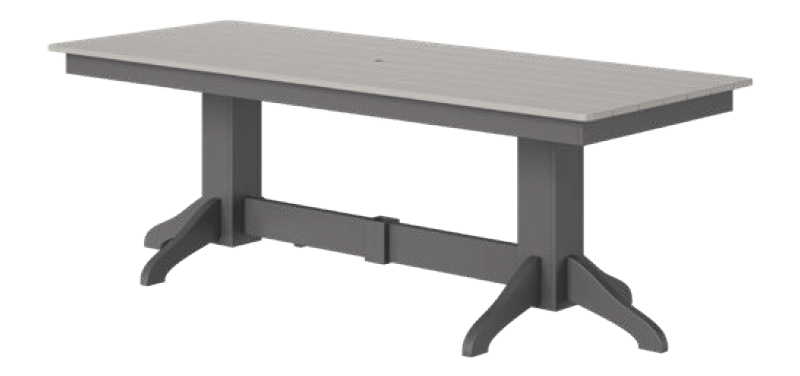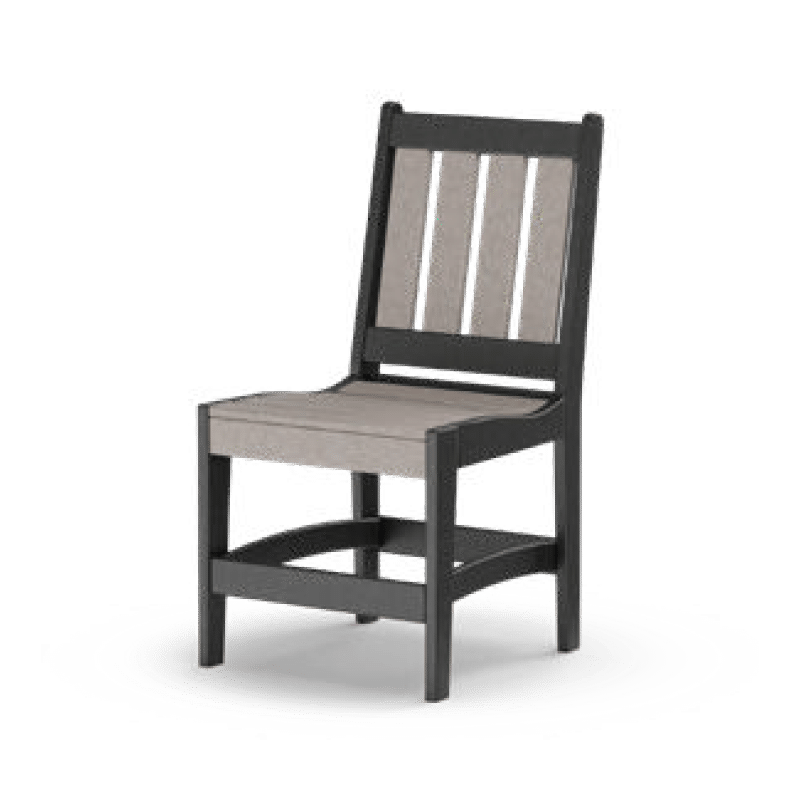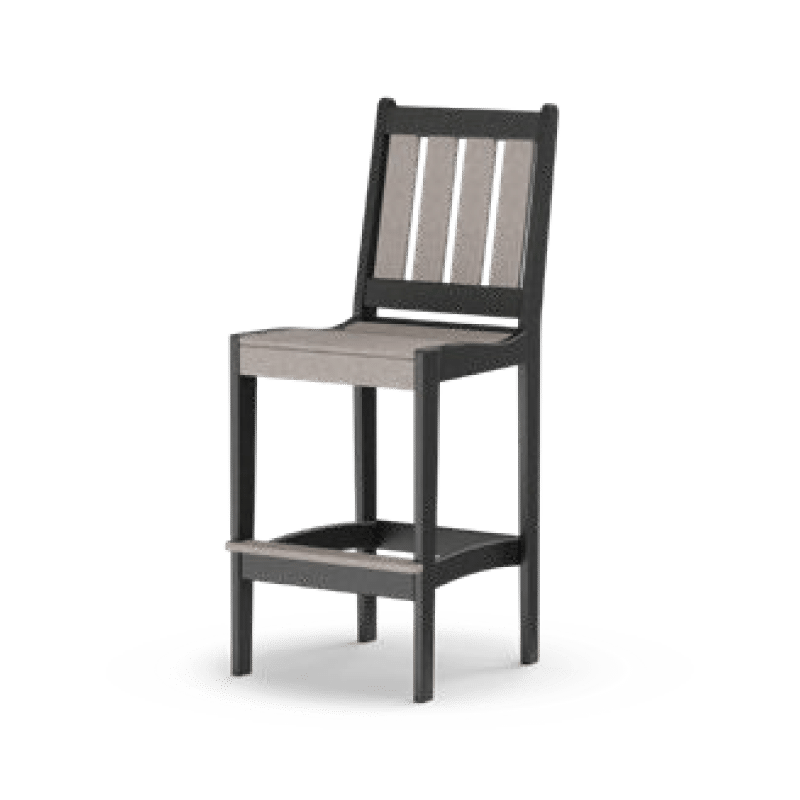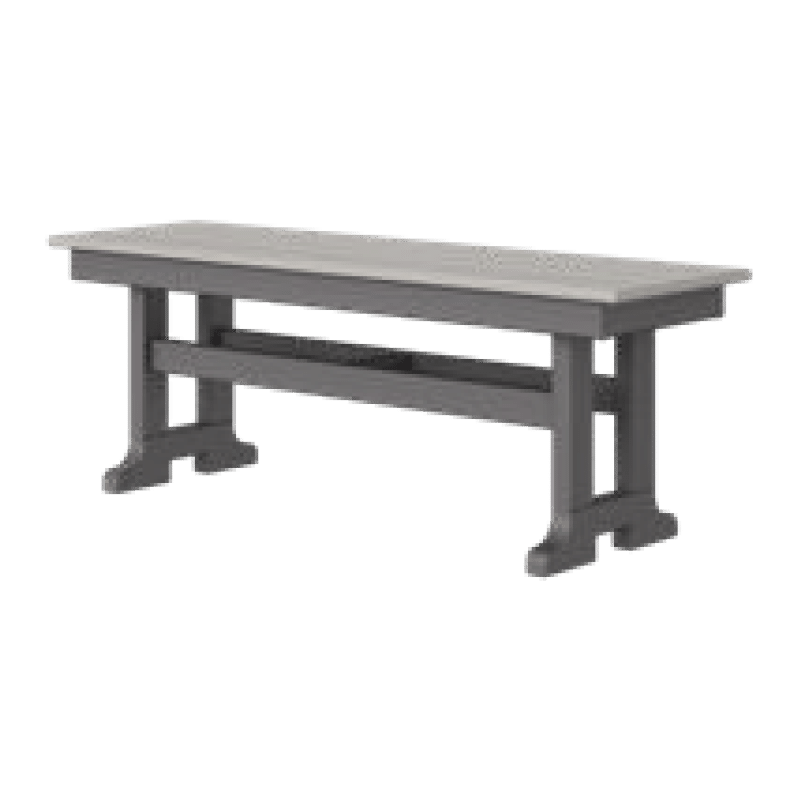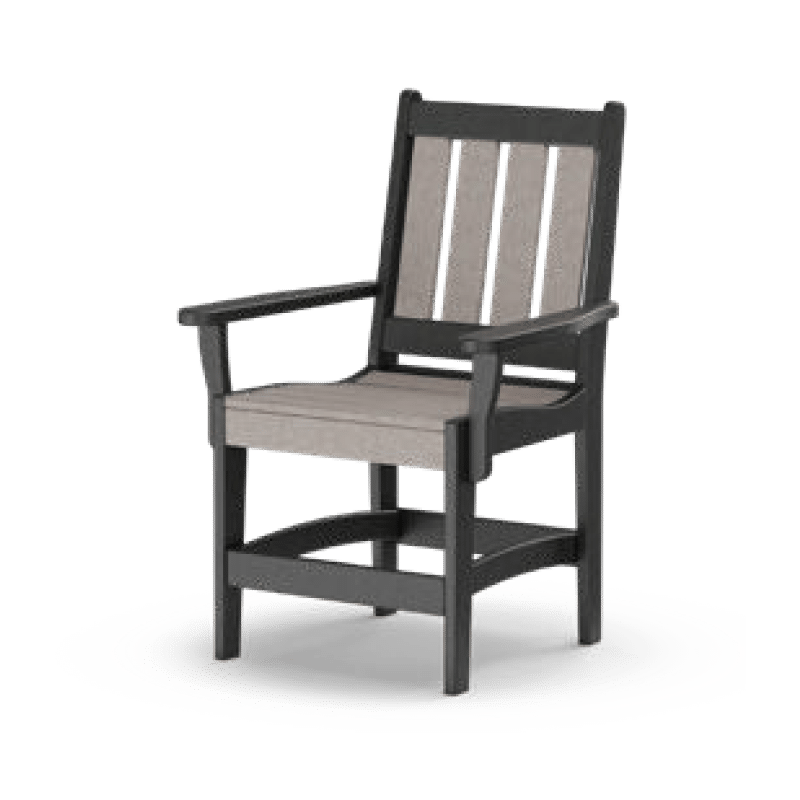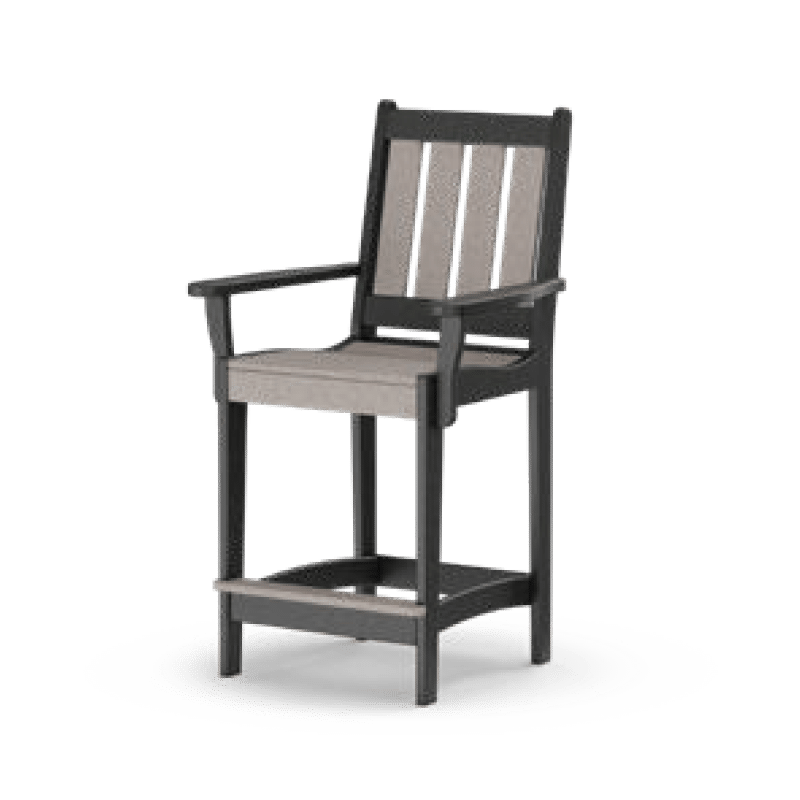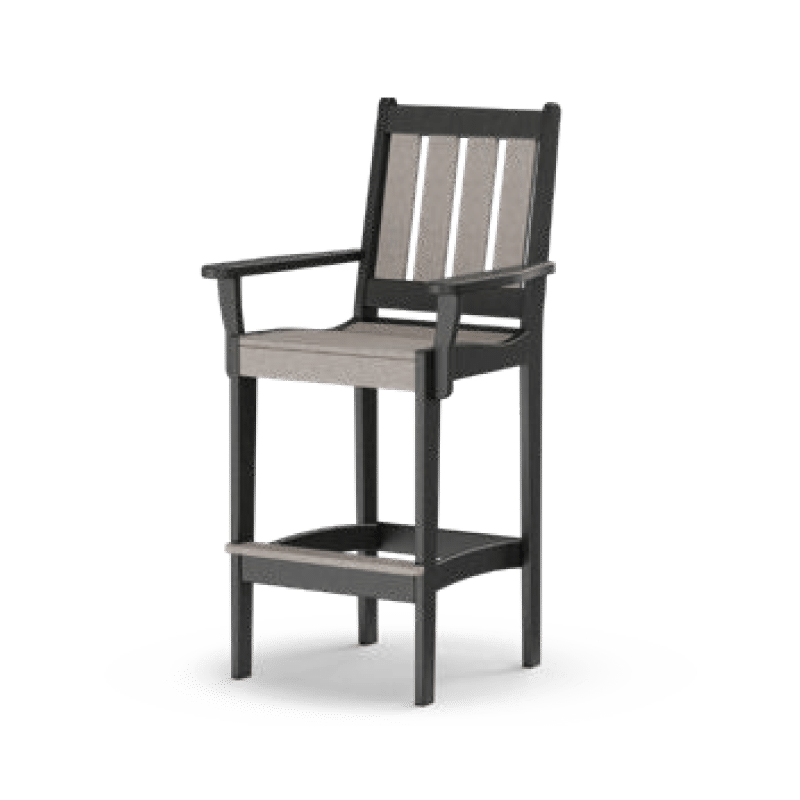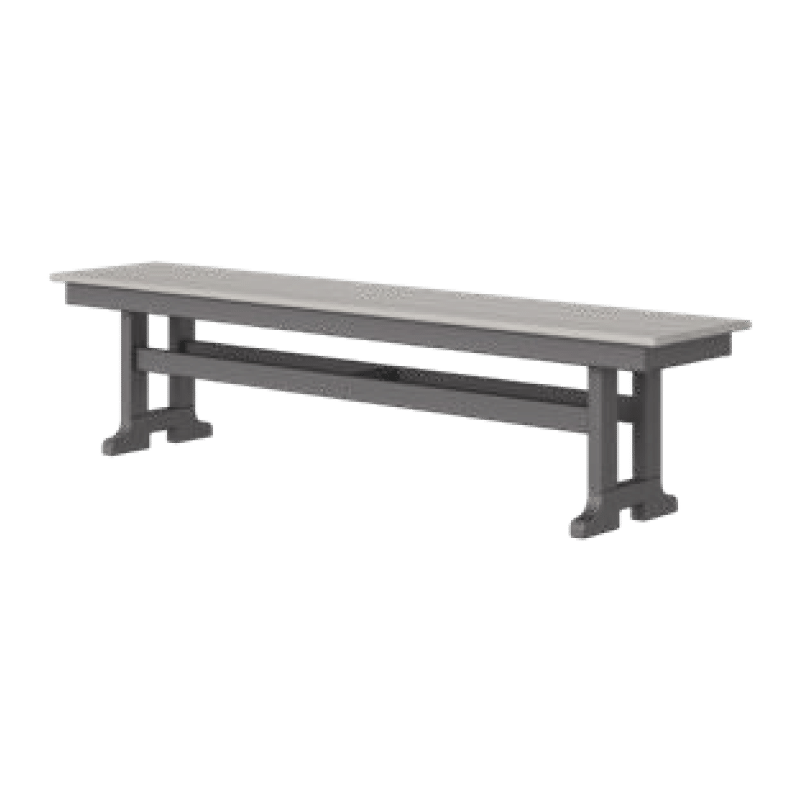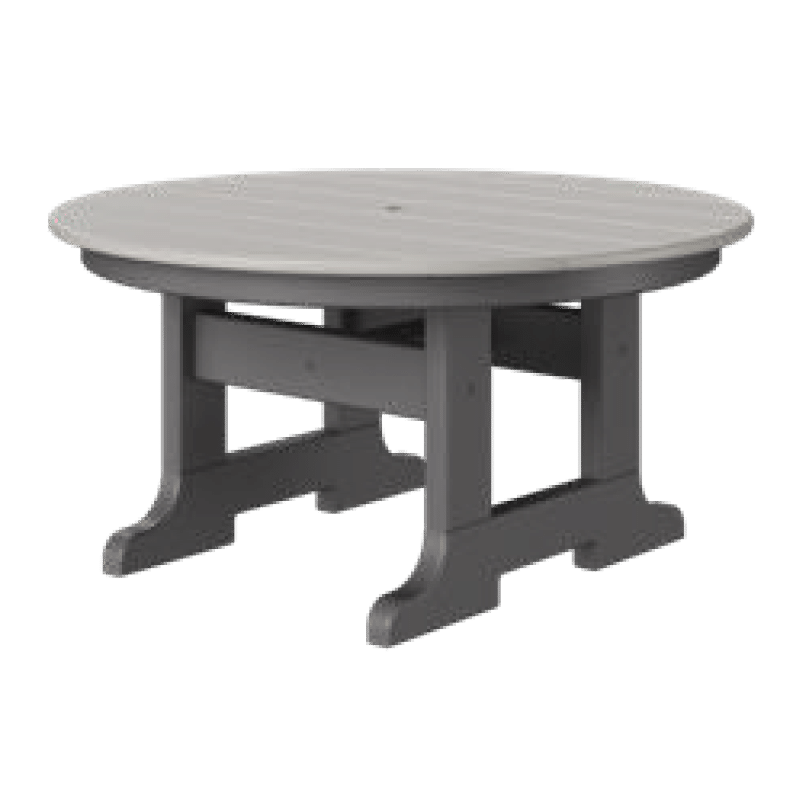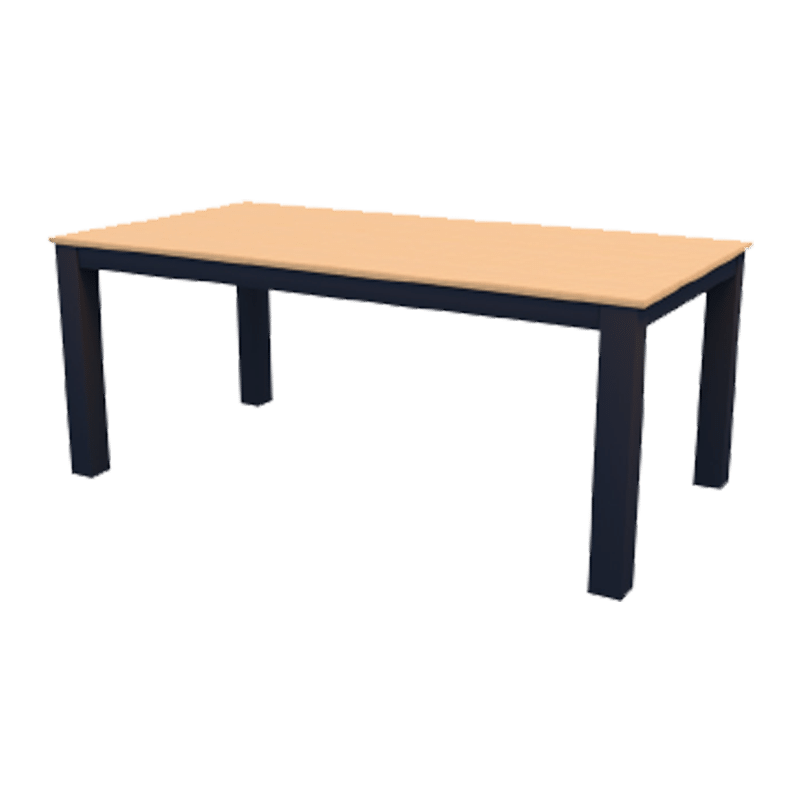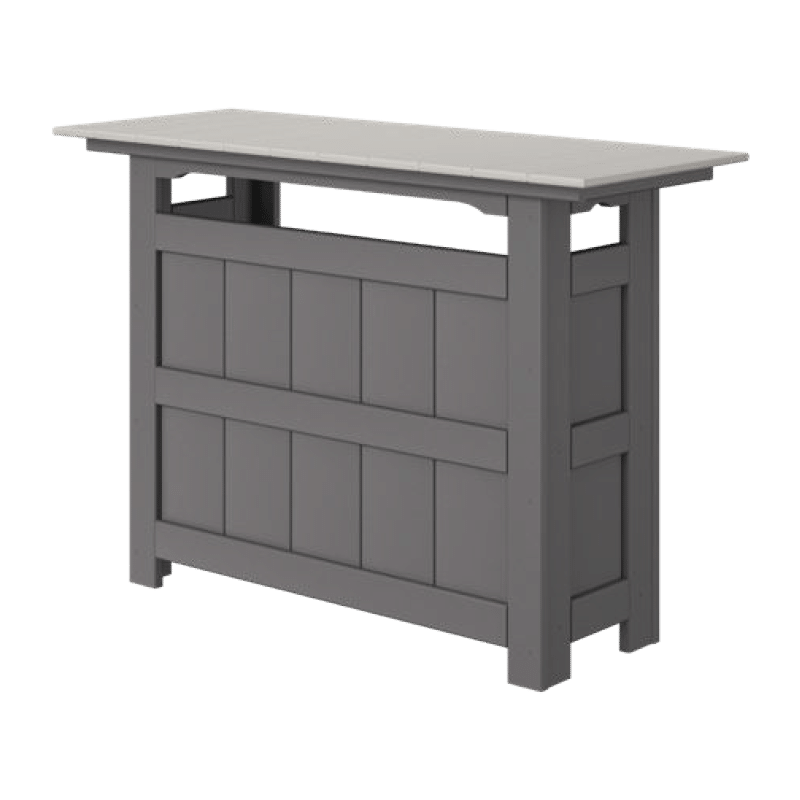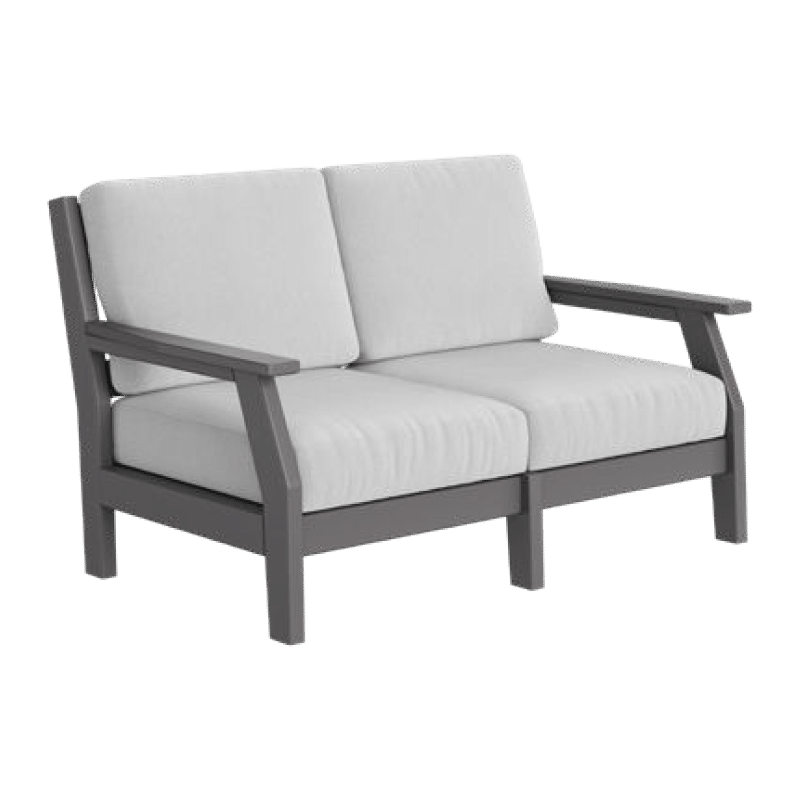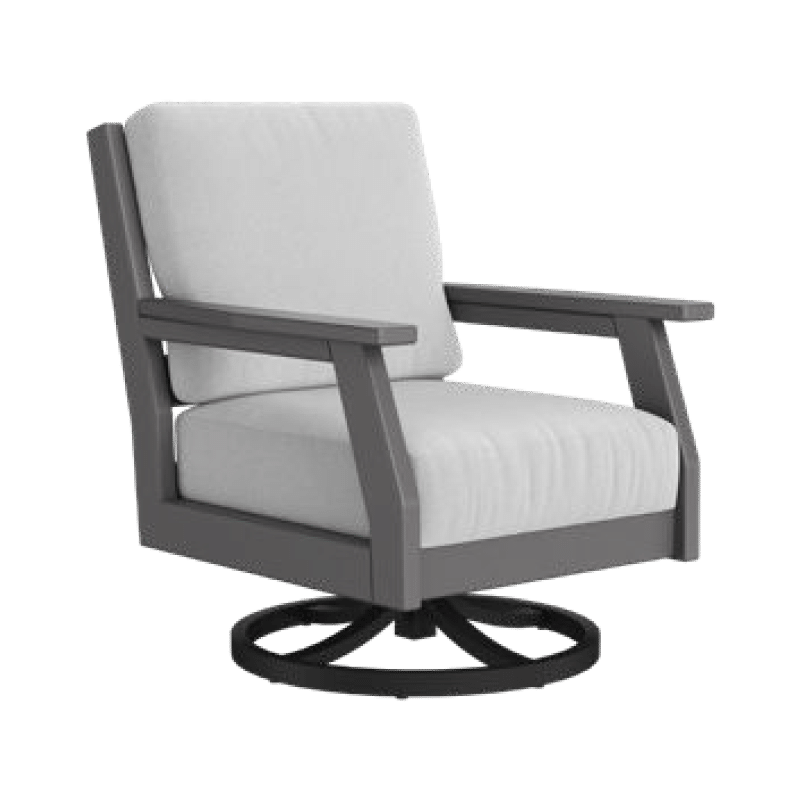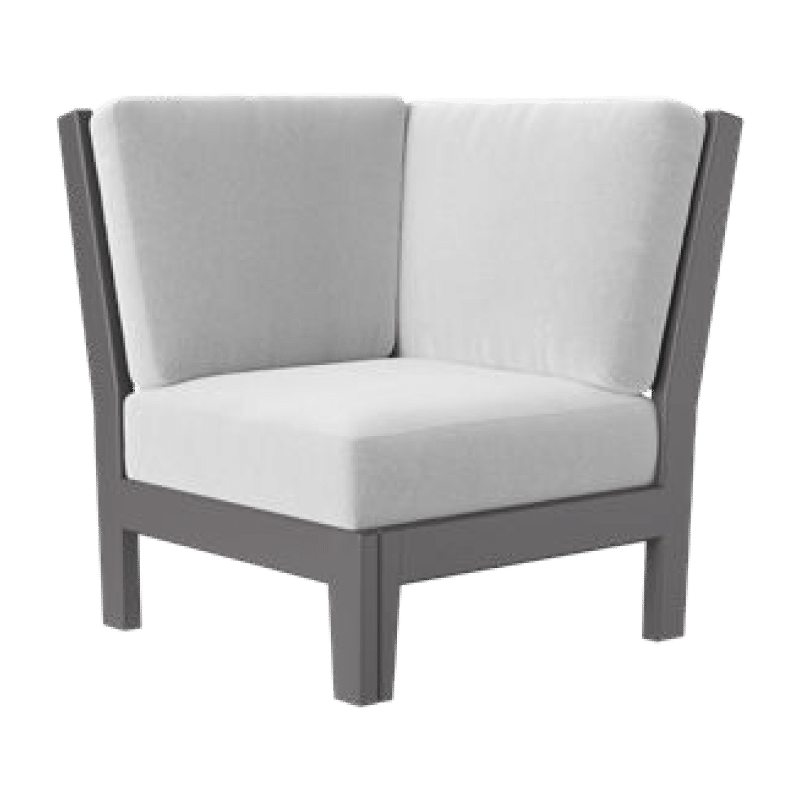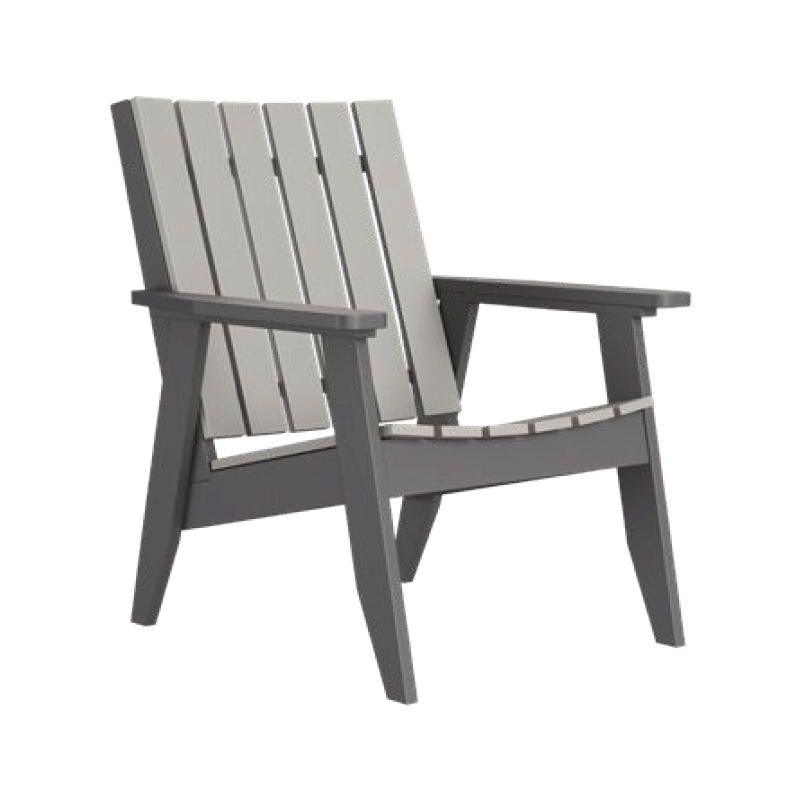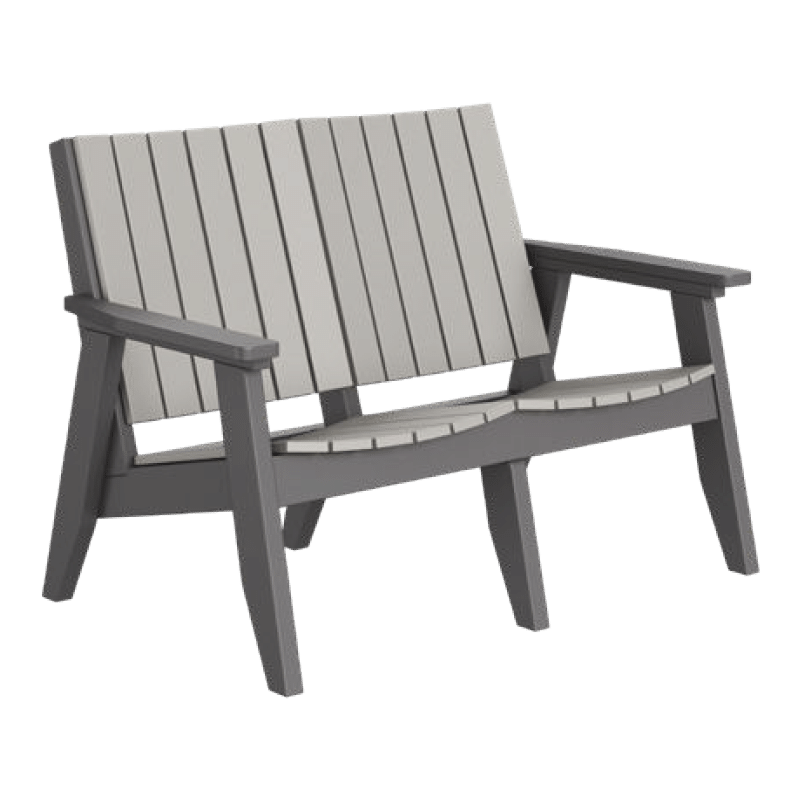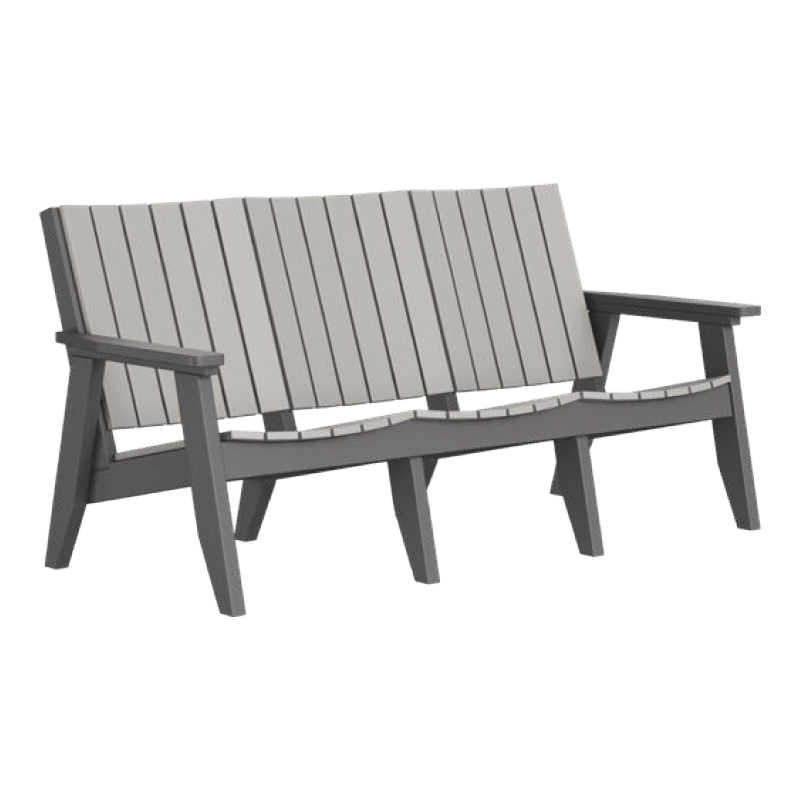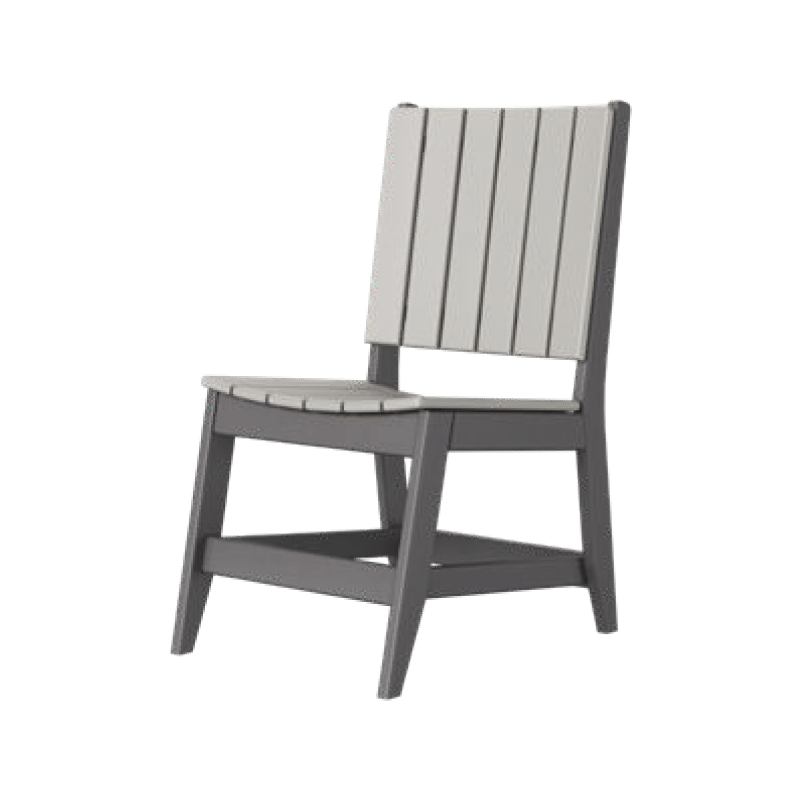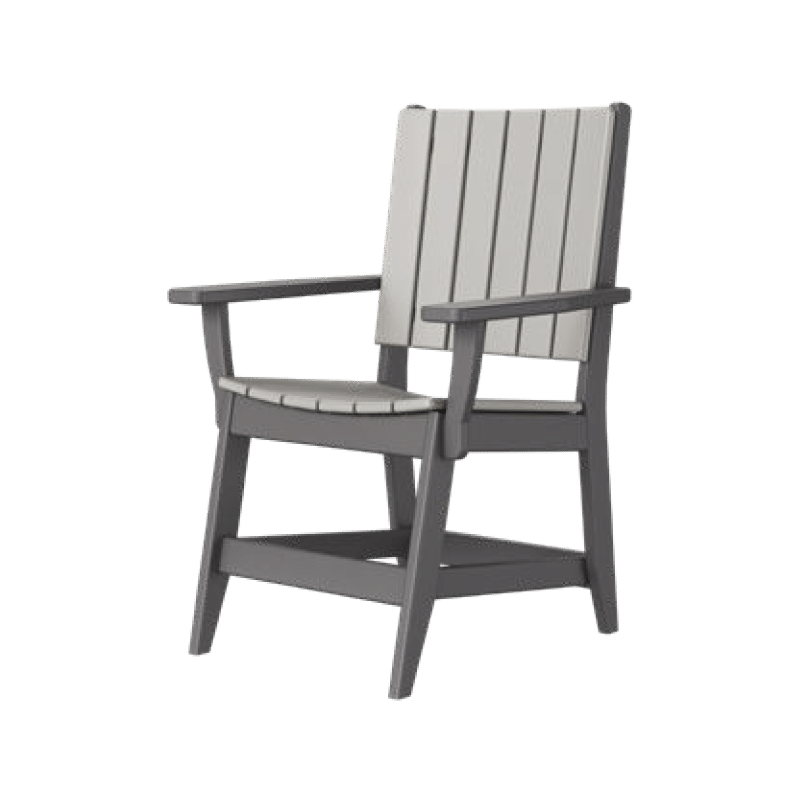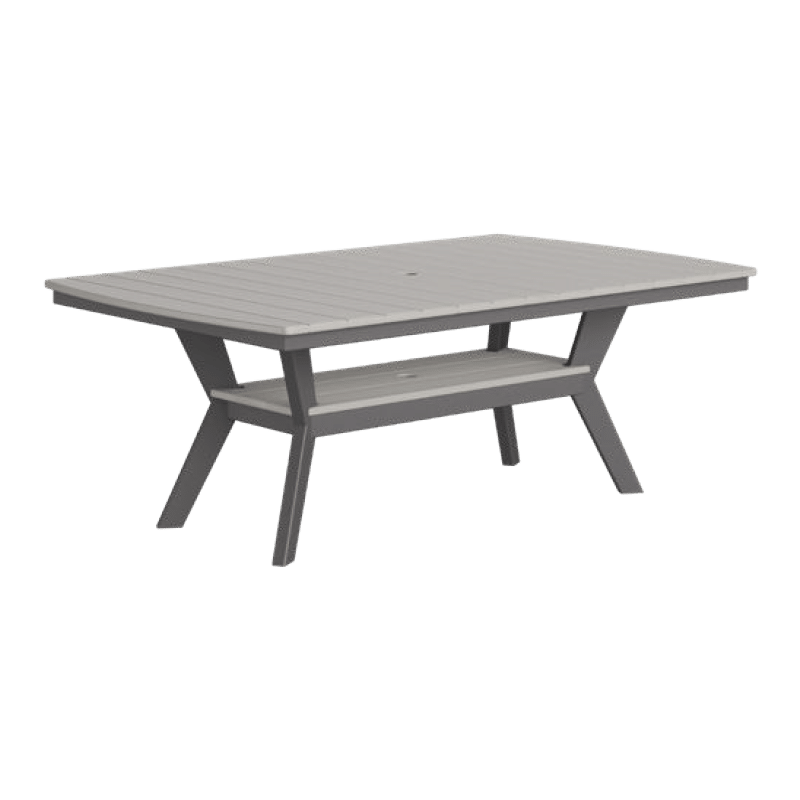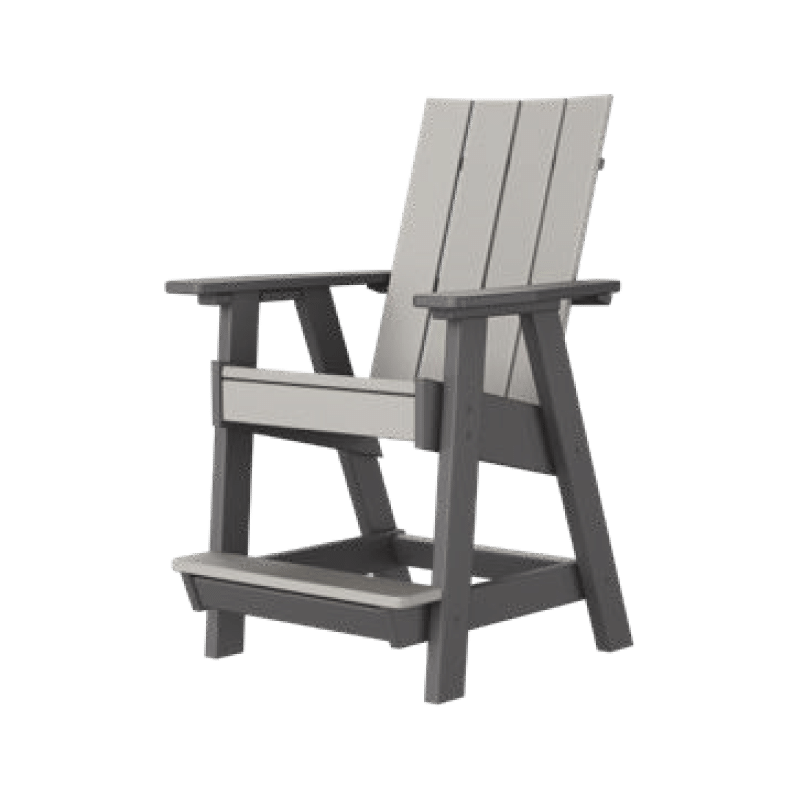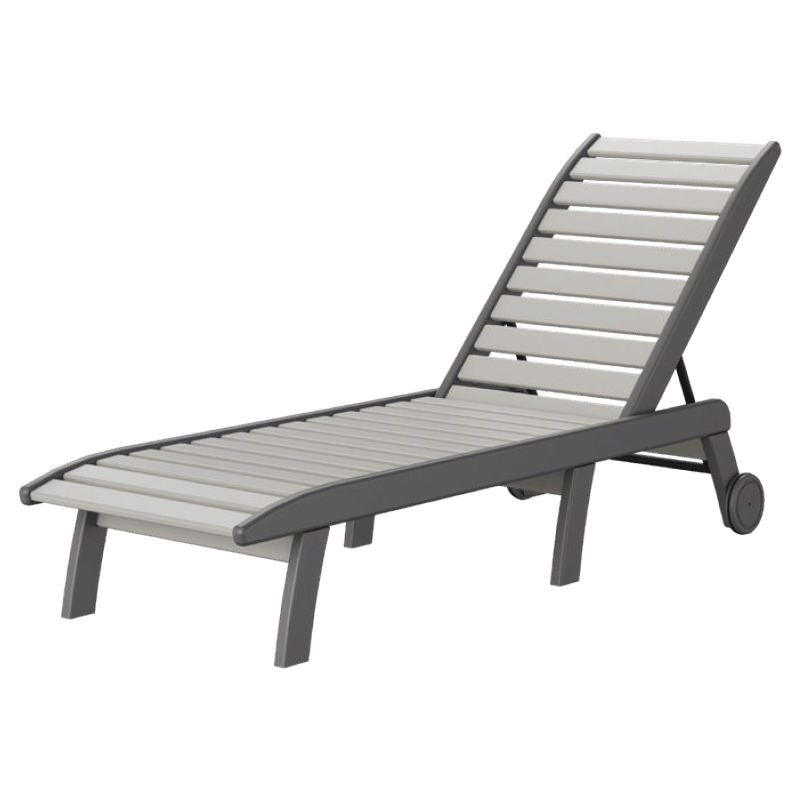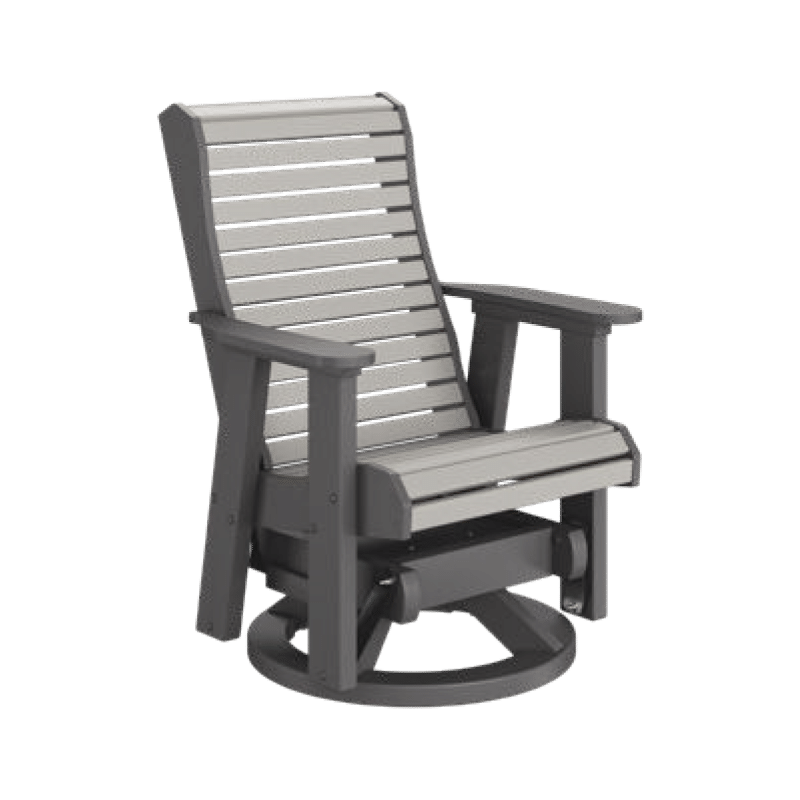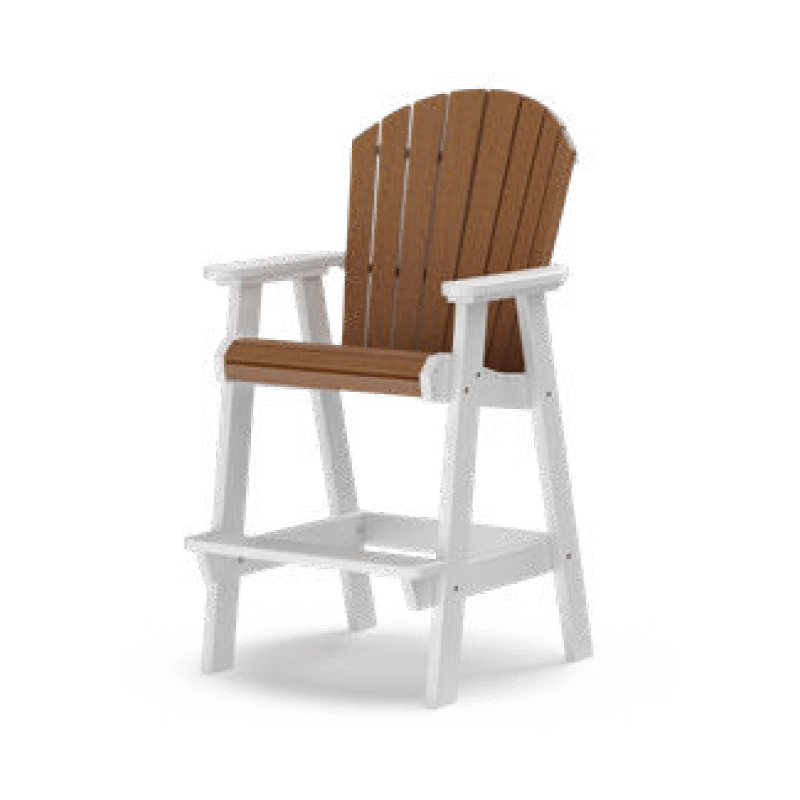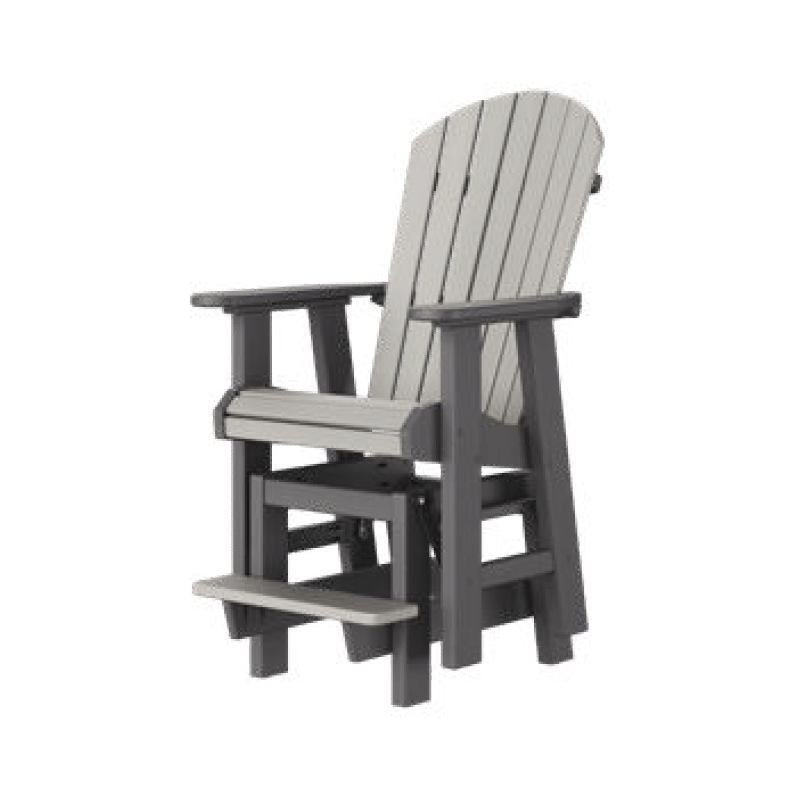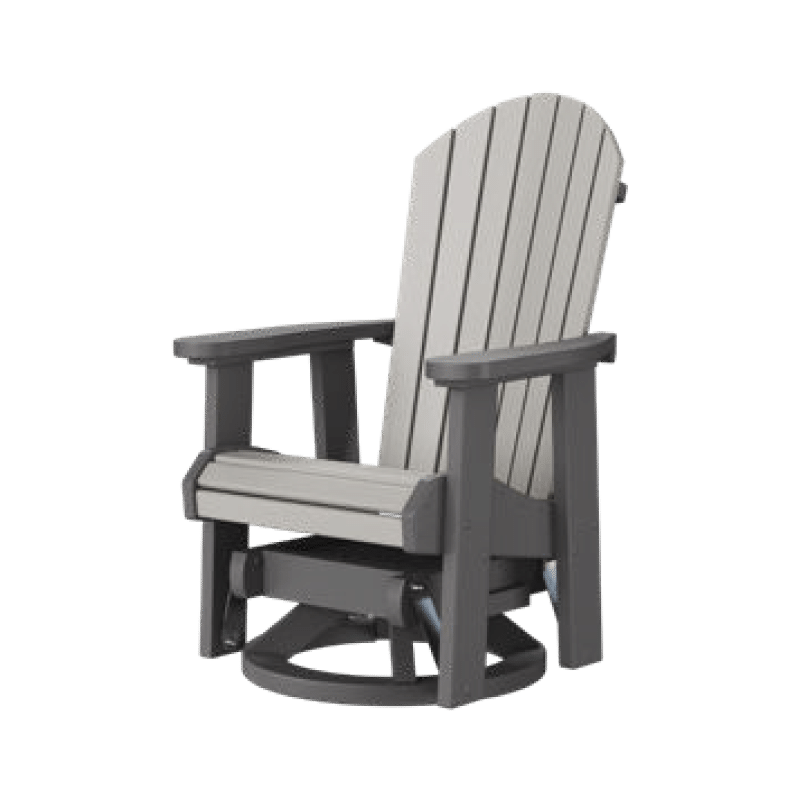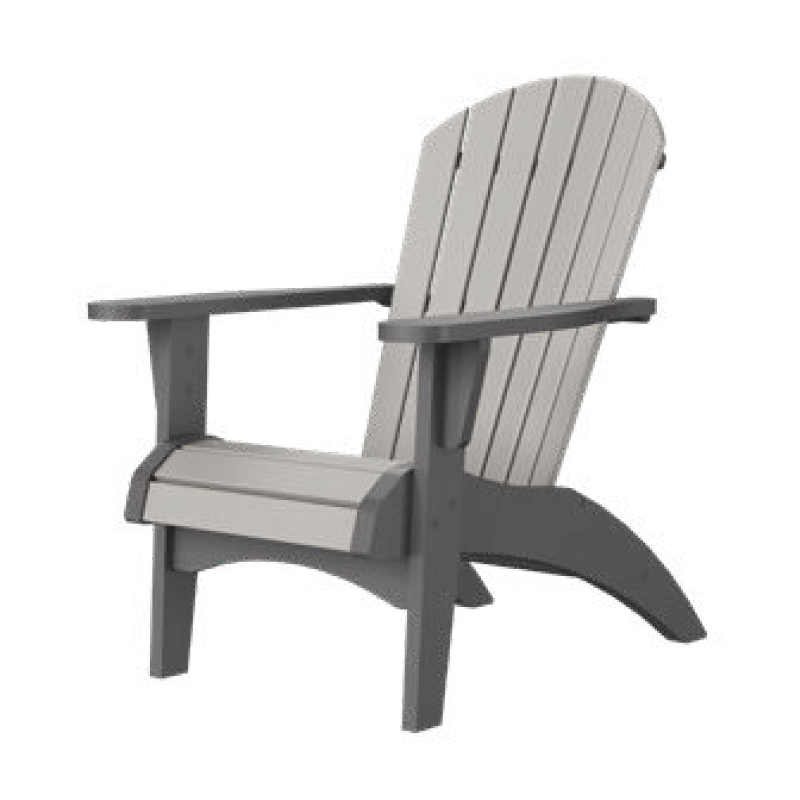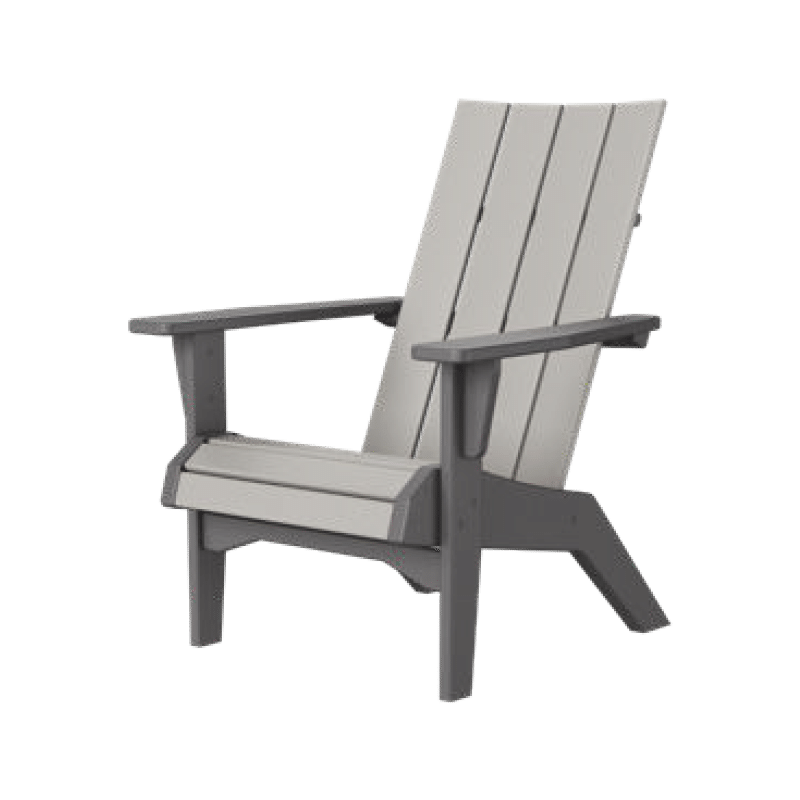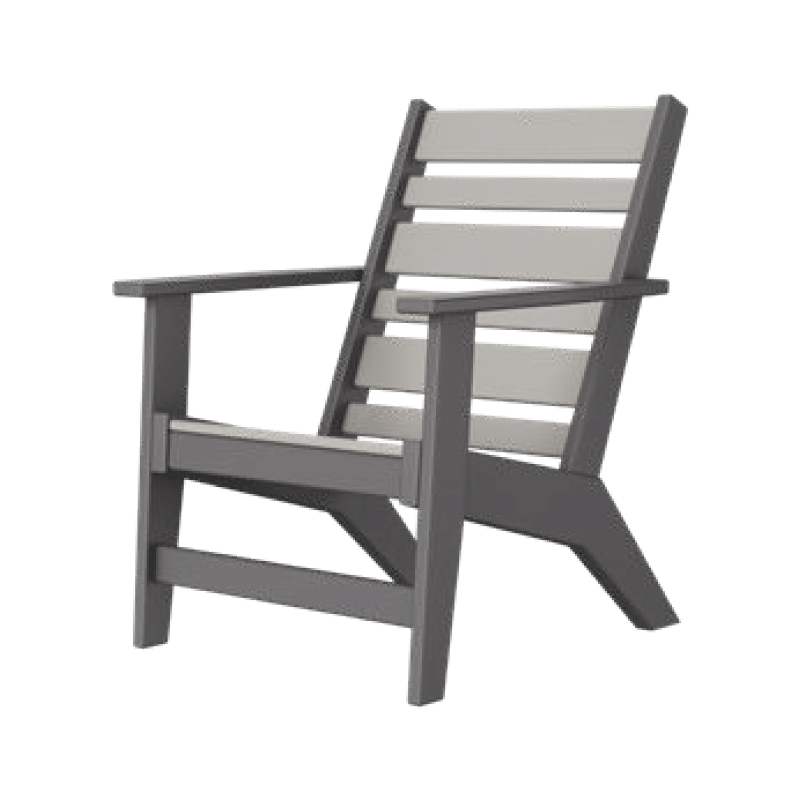When you discover an encroaching fence on your land, you may wonder if removing your neighbor’s fence is legal. Property owners facing this situation must navigate fence laws, understand their property rights, and consider the potential legal consequences before taking further action. This article explains the essential steps to resolve legal disputes while maintaining good relations with neighbors and avoiding potential legal disputes.
How Do I Verify My Property Boundaries?
Before taking action, you need definitive proof that the fence encroaches on your land. Property disputes often arise from unclear boundaries, and assumptions can lead to costly legal conflicts affecting property rights.
Why Do I Need a Professional Survey?
A licensed surveyor is the only reliable way to establish exact property boundaries. Depending on location, property size, and terrain complexity, boundary surveys typically cost $1,200 to $5,500. More comprehensive surveys like ALTA surveys may be required for boundary disputes or title issues, potentially increasing costs to $2,500 to $10,000 or more.
The survey will:
- Use official records to map precise property lines
- Place physical markers showing true boundaries
- Create legal documentation for potential legal disputes
- Provide evidence that holds up in court regarding your property rights
What Information Does My Property Deed Contain?
Your deed contains boundary descriptions, but these often reference outdated landmarks or use technical language requiring professional interpretation. While helpful for initial research, deeds alone cannot definitively resolve modern boundary questions or establish clear property rights.
When Do I Have Legal Grounds to Remove a Fence?
Understanding your property rights requires examining both state laws and local regulations. Having legal grounds for fence removal depends on several critical factors.
When Can I Take Legal Action?
If the survey confirms the fence sits entirely on your property, you generally have legal grounds to remove it. However, several factors complicate this seemingly simple rule and may affect your property rights:
- Timing Matters: The statutory period for adverse possession varies significantly by US state, typically ranging from 3 to 30 years. A typical statute requires possession for 7 years if under the color of the title or 20 years if not, though the threshold varies by jurisdiction. If your neighbor’s fence has been in place for the statutory period in your state, they may have gained legal rights to that land through adverse possession, limiting your legal grounds for removal.
- Permission Issues: Any previous agreement allowing the fence, even verbal permission, affects your ability to demand removal unilaterally and may eliminate your legal grounds for action.
When Is Removal Not Allowed?
- Boundary Fences: Structures built directly on property lines equally belong to both property owners. Regardless of claimed property rights, neither party can remove a shared fence without the other’s consent.
- Local Restrictions: Many municipalities require permits or specific procedures before any fence modifications, even on your own property. Without following proper procedures, you may lack legal grounds for unilateral action.
How Should I Communicate With My Neighbor?
Should I Start With a Friendly Conversation?
The most successful boundary dispute resolutions avoid potential legal disputes by following these steps: Get the facts, document everything, understand your options, evaluate costs and benefits, and choose the appropriate path forward. Many fence encroachments result from honest mistakes rather than intentional property rights violations.
Approach your neighbor with:
- Survey results and clear documentation
- A collaborative attitude focused on solutions
- Specific proposals for resolution through mutual agreement
- Understanding that they may not have realized the mistake
What Should I Document?
Keep detailed records to support potential legal action and protect your property rights:
- All conversations with your neighbor
- Survey results and boundary documentation
- Photographs with timestamps
- Written correspondence regarding the neighbor’s property
When Should I Send Written Notice?
If initial discussions don’t resolve the issue, send a certified letter outlining:
- Survey findings with supporting documentation
- Applicable local laws and regulations
- Proposed timeline for resolution
- Your willingness to work together on solutions through mutual agreement
This formal communication establishes your legal grounds for future legal action and demonstrates good faith efforts to avoid legal disputes.
What Are the Real Costs of Fence Disputes?
The costs of resolving boundary disputes can vary significantly in the US, ranging from a few thousand dollars for mediation to tens of thousands for full litigation. Here’s what you can expect:
| Service | Cost Range |
| Initial consultation | $200-$500 |
| Attorney hourly rates | $150-$400 per hour |
| Average attorney rates by state | $234-$452 per hour, depending on the state |
| Attorney rates by experience | – New attorneys: $100-$200/hour- Mid-career (5-10 years): $200-$300/hour- Experienced (10+ years): $300-$400+/hour |
| Mediation | $500-$1,000 per hour for mediator’s fees |
| Property survey | $500-$1,500 |
| Simple real estate litigation | $5,000-$15,000 |
| Standard civil litigation | $10,000 or more Real Estate Attorney Cost: How Much Are Real Estate Attorney Fees? |
| Complex litigation (trial) | $10,000-$20,000+ per side Real Estate Attorney Cost: How Much Are Real Estate Attorney Fees? |
| Court filing fees | $200-$400 depending on county Filing Fees & Costs of Dispute Resolution – Pittsburgh Litigation Lawyer |
| Expert witnesses | $2,000-$5,000 each |
Attorneys typically charge hundreds of dollars an hour, and a single civil lawsuit can take years to work its way through the legal system.
What Are the Hidden Costs?
Beyond legal fees, consider:
- Time investment: Months or years of stress and court appearances
- Property value impact: Unresolved boundary disputes can negatively impact property values, as uncertainty around the boundary line may deter potential buyers
- Relationship damage: Even once settled, it’s highly unlikely there will be a return to good neighborly relations
Should I Hire a Professional or Remove the Fence Myself?
When Should I Use a Professional Fence Installer?
A professional fence installer or specialized removal company offers several advantages over DIY approaches when you have established legal grounds for removal:
- Liability insurance protects against damage to your neighbor’s property
- Proper disposal methods following local regulations
- Compliance with building codes and industry standards
- Efficient completion with appropriate equipment and fence maintenance knowledge
Many professional fence installer companies also provide removal services, ensuring the work meets industry standards while protecting both parties from potential legal disputes.
Cost: Professional fence installer services typically charge $3 to $7 per linear foot for removal projects, with the average cost ranging from $2 to $6. More complex removals involving metal fences or difficult materials can cost between $3 and $10 per linear foot.
DIY Requirements
Only attempt self-removal after:
- Confirming legal authority through a survey and legal consultation
- Checking local ordinances for permit requirements
- Verifying no underground utilities are present (Call 811)
- Ensuring you have proper insurance coverage
| Essential Safety EquipmentSafety glasses, work gloves, and steel-toed bootsClear the work area of bystandersKeep first aid supplies readily availableAlways call 811 to locate underground utilities |
Alternative Solutions
How Effective Is Mediation?
Recent data indicates that 65% of real estate lawsuits are resolved through mediation or arbitration, suggesting that many boundary disputes can be resolved without full litigation. Professional mediation costs significantly less than legal action, often producing more satisfactory outcomes for both parties and preserving property rights.
What Creative Compromise Options Exist?
- Boundary Line Adjustments: Consider formal property line modifications through boundary line agreements when small areas are involved, and both parties benefit from mutual agreement. A Boundary Line Agreement legally changes the property lines between two landowners. It can be completed quickly and for a fraction of the cost of litigation.
- License Agreements: Create formal permission documents allowing the fence to remain while preventing adverse possession claims. Any agreement should be reduced to writing and signed by the parties, usually as a lease, easement, or license agreement. You remove a crucial element of adverse possession by agreeing to your neighbor’s use. By definition, when the use of real property is by consent, the use cannot be adverse or notorious.
- Cost-Sharing Solutions: Split removal and reinstallation expenses based on mutual benefit and shared fence maintenance responsibilities.
When Should I Seek Legal Assistance?
Situations That Require Professional Legal Help
Property owners should seek legal assistance when facing complex boundary disputes that could result in serious legal disputes. You should seek legal advice in these specific situations:
- The fence has existed for multiple years (potential adverse possession claims affecting property rights)
- Your neighbor disputes the survey results or claims ownership rights
- Complex property histories with multiple previous owners
- Commercial properties or high-value residential areas where property rights must be ironclad
- Neighbor threatens counter-litigation or claims you’re violating their neighbor’s property rights
What Can Legal Assistance Provide?
When you seek legal assistance, qualified attorneys can:
- Assess your legal position and the likelihood of success based on available legal grounds.
- Navigate complex local and state laws protecting property rights.
- Negotiate with your neighbor’s representatives while avoiding legal disputes.
- Provide court representation if legal action becomes necessary to establish your property rights.
The cost of boundary disputes can sometimes greatly exceed the value of the land in dispute, making it crucial to seek legal advice early in the process.
How Can I Prevent Future Fence Disputes?
Prevention Strategies
- Survey Before Building: Always verify boundaries before installing any structures to protect your property rights
- Maintain Clear Markers: Keep boundary markers visible and in good condition
- Document Agreements: Put any arrangements regarding fence maintenance and boundaries in writing
- Review Local Codes: Understand setback requirements and permit needs
- Professional Consultation: Work with a professional fence installer who understands local boundary laws
What About Property Sale Considerations?
When you come to sell your property, you must disclose the boundary dispute to a potential purchaser, even after the dispute has been resolved. Resolving disputes properly through mutual agreement protects your property rights and makes future transactions smoother.
What Should I Do Next?
If you’re dealing with a neighbor’s fence on your property:
- Get the facts with a professional survey to establish legal grounds
- Research applicable local laws protecting property rights
- Communicate openly with your neighbor to reach a mutual agreement
- Document everything throughout the process to support your legal grounds
- Seek legal advice for complex situations where legal grounds may be disputed
- Choose your approach based on specific circumstances and potential legal consequences
Remember: Legal disputes can be stressful, but when you seek legal assistance early from experienced property litigation professionals and use a considered approach, you can resolve neighbor quarrels quickly and cost-effectively while preventing escalation and protecting your property rights.
Ready to Replace That Problem Fence? We’ve Got You Covered
When you need fence removal or are ready to install a proper replacement, Veterans Fence brings over seven years of experience serving Northeast Ohio homeowners. Our skilled craftsmen understand boundary laws and work exclusively with high-quality materials to ensure your new fence installation meets all local requirements while enhancing your property value and providing proper fence maintenance.
At Veterans Fence, we believe “Proud to Serve” isn’t just a slogan—we promise to treat each project with the care and precision your property deserves. From custom privacy fences to ornamental solutions, we handle every detail with the expertise that comes from being a licensed, insured, and veteran-owned company. Our professional fence installer services help you avoid legal disputes through proper installation and maintenance.
Ready to resolve your fence situation the right way? Call Veterans Fence at (440) 596-9446 for a free consultation and quote. Let our experienced team help you transform your property boundary challenges into beautiful, compliant fencing solutions.
Disclaimer: The cost information provided is for general informational purposes only and should not be considered legal or financial advice. Actual costs may vary significantly based on location, case complexity, and specific circumstances. Always consult with a qualified attorney in your area for personalized legal advice and current pricing before making any decisions regarding boundary disputes.









